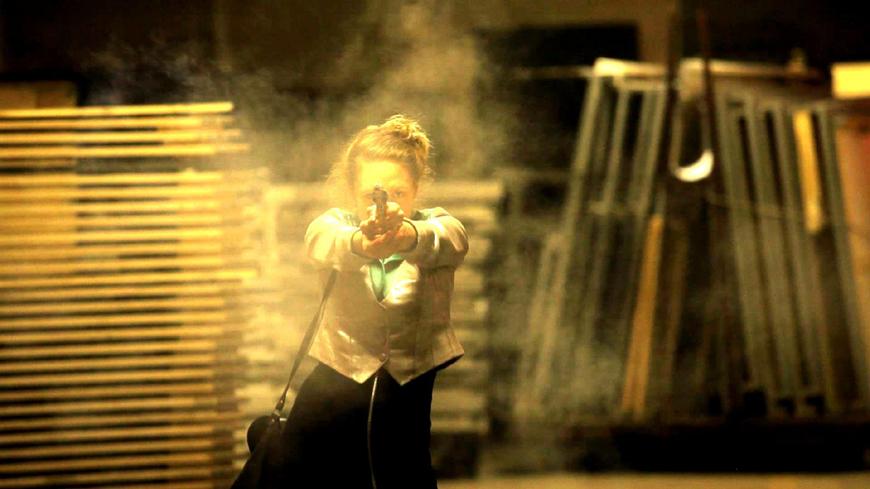 |
|
 |
 |
|

|
 |
Press
Releases - Art News
|
 |
| |
|
|
| |
|
| |
| |
| |
Roland Schauls |
„Titties & Tea“ |
| |
Exhibition duration: 12. October to 12.November 2011.
Vernissage: Saturday, 08. October 2011, 6.30 - 8.30pm.
|
| |
|
Titties & Tea | 2011 | Acrylic and charcoal on canvas | 160 x 140 cm
|
| |
 |
„Titties & Tea“ |
|
| |
The artist Roland Schauls (*1953 Luxemburg) creates in his new paintings a theatre for his enactments and interpretations. From his flamboyantly colourful works of art emerges an interplay of figures, interior and landscape. As for content, Schauls refers to the history of art and lines up various quotations in order to reinterpret them. Every picture turns into a drama, a stage, a production of irony and ambiguity. The viewer assumes the playgoer’s role for whom it is difficult to follow what is happening. Schauls’ exuberant abundance of pictures and ideas, which manifests itself in numerous colourful details of his paintings, invites the viewer to engage with the imagery and to find his own interpretation of it. |
|
| |
GALERIE
Supper
Ebertstraße 14
D - 76137 Karlsruhe
Tel. und Fax: + 49 (0) 721 - 5 69 55 77
E-Mail: mail@GALERIESupper.de
Web: www.GALERIESupper.de |
|
| |
| |
| |
CHINA-ISM II: DEMOCRACY or ECONOMY? |
CURATED BY DAVID RONG & ALEX DEMKO |
ANTON S. KANDINSKY / AI WEIWEI |
| |
|
SEPTEMBER 13 - OCTOBER 9, 2011 |
|
Opening Reception: September 22, 6 – 9 p.m. |
| |
WHITE BOX
329 Broome Street, New York |
|
|
|
| |
China has galvanized a powerhouse economy, and its contemporary art is now in a state to deliver a Viagra effect to the contemporary art world at large. When Andy Warhol transformed Mao into a pop art icon through his larger than life portrait, Mao entered the international art scene and became a timeless symbol of what New York-based artist Anton S. Kandinsky calls "China-ism.
"China-ism" is an artistic interpretation of contemporary China - its culture, politics and economy coined by Kandinsky, a non-Asian artist. It also serves as a way for the international art community to reflect on contemporary China via art. The first China-ism exhibition was curated by David Rong and Alex Demko in October of 2009.
While China's economy has changed dramatically over the last twenty years, the state of democracy in the country has not changed at all. Merely an artist seeking and defending his freedom of speech, Ai Weiwei was detained on April 3, 2011 and was held in an unknown location by the Chinese government for 80 days. Just over a month into the artist's arrest, Alexandra Munroe, Senior Curator of Asian art at the Guggenheim Museum, spoke at the opening of Ai Weiwei's Circle of Animals/Zodiac Heads in New York City (an opening the artist was formerly scheduled to attend) stating that if there is no freedom of speech, there is no modern art and that the world is not challenging the Chinese government but that the Chinese government is in fact challenging the world.
The exhibition, China-ism II: Democracy or Economy?, asks the question: "If China is already changing the world, will the world change China?" The exhibition presents 13 oil paintings by Kandinsky as well as one original photograph, Guard, Seven Frames (1994) and video art I'm walking on the road to Dead Land (2010) by Ai Weiwei.
If Wassily Kandinsky's works are representative of revolutionary change in the early twentieth century, Anton S. Kandinsky has upheld the tradition begun by his forefather. Well known for his "Gemism" paintings, begun in 2004, these works are composed of naturalistic images of gemstones intermingling with flags, ideograms, political figures and celebrities as well as historical and social iconography from China, the former Soviet Union as well as American pop culture.
White Box, a 501(c)(3) not-for-profit organization, provides a unique site for curators and artists alike to present exhibitions and explore non-commercial, innovative ideas via projects that range from aesthetically exciting to provocative.
press conference September 15, 2011 at 5pm
VIP reception September 15 from 6pm-8pm
Opening reception September 22, 2011
Panel discussion, "Democracy or Economy? China-ism in the Contemporary World" with academics, economists, and artists September 29, 2011
Press can contact press@whiteboxny.org
Media Sponsor: |
|
| |
|
|
| |
|
|
| |
|
|
| |
|
|
| |
Ai Weiwei, Video Art I'm walking on the road to Dead Land (2010) |
|
| |
|
|
| |
|
|
| |
Anton S. Kandinsky, Mao's Smile, tetraptych, 2011, oil on canvas, 36" x 96" |
|
| |
| |
| |
|
| |
| |
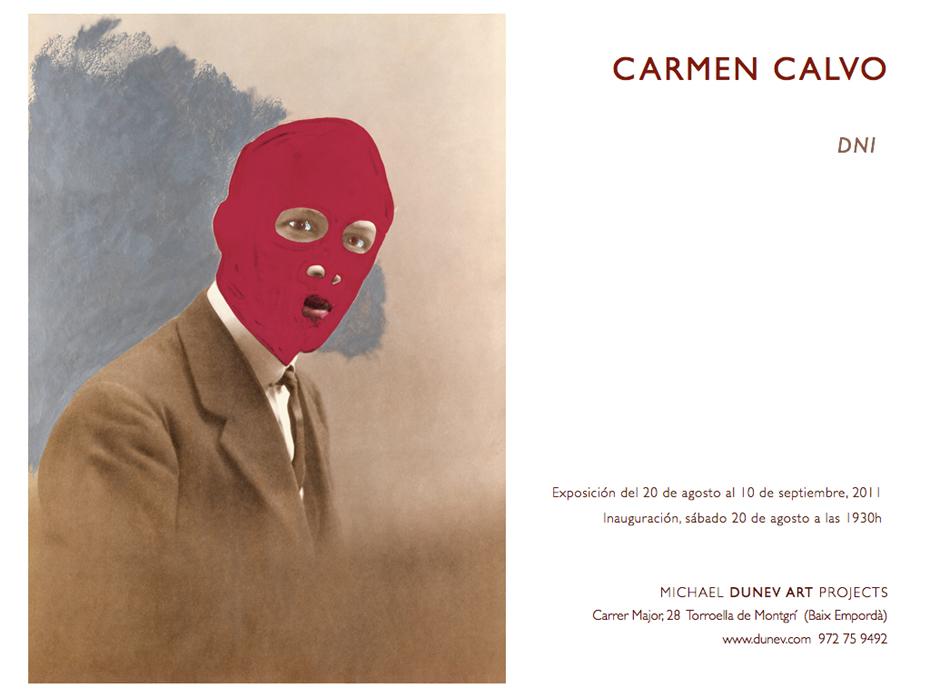 |
|
 |
Carmen Calvo returns to Michael Dunev Art Projects with DNI |
|
| |
|
|
Carmen Calvo’s interventions on anonymous photographs, either by changing the face of the character with the application of everyday objects or with painterly manipulation, alter our reading of our identity, who we are, and how we are perceived. The individual, isolated from any context, compels us to reconsider the role of our cultural heritage and the effect it has on the definition of our own sense of being.
A small porcelain sculpture of a child reading a book, unquestionably kitsch in a nineteenth-century bourgeois style, serves as a key to enter into the cosmography of Carmen Calvo. The artist has blindfolded the boy, forcing him to read blindly, thus implying that only the blind can see the truth. A lack of eyes is not an obstacle to understanding, and indeed, many of the characters that inhabit the world of Carmen Calvo are missing eyes. Their attention is internal, toward a world of impressions and memories that cannot be interpreted by ocular sensations. Nevertheless, these absent eyes appear disembodied in several drawings on paper, observing innocuous and anonymous characters in neutral spaces that evoke exhibition halls where the works gaze upon the viewer. They are works of a teeming sexuality loaded with a powerful life force and an intimate connection with the subconscious that make a discreet nod to the chance encounter between the sewing machine and the umbrella of Count Lautréamont whilst challenging our perception of the Self.
Since her early influences of Pop Art and Post Minimalism, Carmen Calvo (Valencia, 1950) has developed a uniquely singlular identity based on a visual language that is characterised by the appropriation of objects, often with deep connections to the historic memory and in danger of disappearing, that she recovers and manipulates employing a heterogeneous combination of mediums. Using rubber, collage, drawing, gold-leaf, diverse objects or anonymous photographs, enlarged and manipulated, Calvo presents us with her own particular vision of the human condition with the figure as the main protagonist. They are anonymous personnages that evoke an irrecoverable past of our history while commenting on contemporary reality.
One of the most recognised of Spanish artists, Carmen Calvo, has enjoyed a broad international museum exhibition programme. She represented Spain at the Venice Biennale (1997) and has been the focus of important retrospective exhibitions in museums such as the IVAM (1990, 2007) and the Museum of Contemporary Art Reina Sofia (2002), amongst others. Her extensive exhibition record and an unequivocal commitment to experimental work have served to place the work of Carmen Calvo amongst the most significant within Spanish Art of today.
The opening reception will take place on Saturday, 20 August at 7:30 PM. The artist will be present. We hope you can join us for a cold glass of cava. |
| |
17257 Torroella de Montgrí (Girona)
T 972 75 9492
info@dunev.com
www.dunev.com |
|
| |
| |
|
| |
| |
|
| |
| |
|
| |
| |
| |
|
|
 |
|
 |
| |
25 June – 29 July 2011, opening 24. July from 7 pm – 9 pm
|
|
| |
In her early work, Katharina Schmidt engaged with motifs from the world of the everyday, such as signets and ornaments taken from packaging, promotional brochures, and instruction manuals. For her spatially extensive installations, Katharina Schmidt rendered these reproduced motifs—closely painted or silk-screened—on large rolls of paper, which she described as wallpaper (Stadt im Regal, Berlin, 1998; Bungalow, Z 2000, Akademie der Künste Berlin 2000; Die Kunst gesehen zu werden, Neuer Aachener Kunstverein, Aachen 2002).
Our current exhibition with Katharina Schmidt is devoted to the artist’s work in drawing, which forms the basis for her large-scale wall installations. The selection of the often “cut-out”-like motifs in these works on paper has latterly availed the artist of a more painterly language of form.
A monochrome silk-screened poster, with the dimensions 106 x 150 cm, and entitled “Plan nach #10-194,” forms the starting point of the exhibition. On the poster one sees a closely rendered motif, after one of the artist’s oil paintings, which she worked upon digitally. It is made up of a composition of black lines, drawn sweepingly and with great power, which link similarly drawn ellipses. As background, this motif repeats itself in a softer way, until it reaches the edges of the paper. The rigorous rhythm of the repeating ellipses is broken by the imposition of random lines that counteract the ornamental character of the motif.
In addition, we are showing works on paper from the series “La Grande Motte” and “Neue Orte” in our exhibition.
Alongside her projects on Le Corbusier’s L’Unité d’Habitation, Marseille’s shopping center Centre Bourse, the concrete high-rises of Hoyerswerda, and Vladimir Tatlin’s Monument to the Third International, Katharina Schmidt has also considered buildings and developments that do not have significance within the history of architecture. Katharina Schmidt has thus also drawn functional architecture such as holiday resorts, suburban tower blocks, and shopping centers—the significance of which is the conspicuousness of their materiality, which is not concealed by formal intervention. For the artist, it is not about pure portrayal here. The watercolors, pencil and felt-tip pen drawings of architectonic structures and motifs are much more an occasion for a search for an “economy of means”—which, when applied to the medium of drawing, presents parallels with the rational nature of the depicted motifs. Through the equitable handling of celebrated architecture, no-name architecture, and seemingly unimportant details in the urban context, hierarchies between high and low culture are obliterated.
“La Grande Motte,” a holiday home project from the 1960s and 70s, uses pyramid-like apartment blocks, embedded in the surrounding framework of streets, squares, and street furniture, to imitate a continuous urban structure. This spatial situation, the variations in the décor of the curtained facades, or the public sculpture in the area are objects depicted in these works on paper by Katharina Schmidt.
The series “Neue Orte” collects motifs that come from very different connexions. Shop windows, interiors, facades, or sculptures, which through their rationally informed character display relationships that give the series its inner unity.
|
|
|
| |
| |
| |
| |
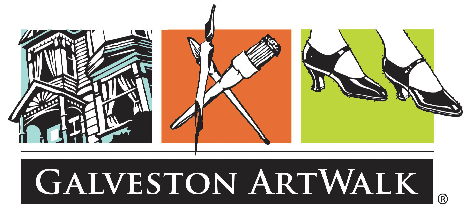
Saturday, June 11, 2011
|
|
| |
|
|
| |
|
|
| |
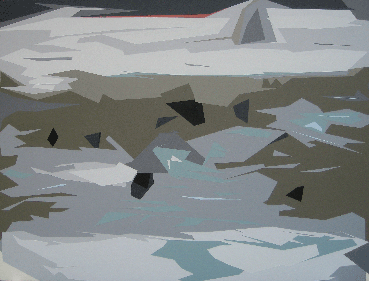
|
Loomer, 2011, latex on canvas over wood panel,
48 x 63 inches |
| |
|
|
| |
MICHAEL GUIDRY
The Son and The Heir
June 11 through July 10, 2011 |
|
| |
|
|
| |
Michael Guidry: The Son and The Heir features a series of paintings that skirt the edges of abstraction and representation by Guidry of Houston.
Informed by melancholic music, dystopian sci-fi films and a disconnected relationship with the natural world, Guidry uses his camera and computer to generate compositions which read as both virtual landscapes and geometric abstractions, evocative of fractured, virtual alien landscapes. His palette includes unexpected combinations of hot and cold, yet muted, colors (matte acrylic paint mixed by this local Home Depot) which the artist applies in precise, clean lines and hard-edged planes that suggest both flatness and depth.
Historically, Guidry's work has been informed by his interests in pattern, decoration, early abstract painting, music, order and structure. While earlier paintings dealt with the environment around the artist, the current series, started in 2005, address the artist's place within the landscape. "I have this ambivalent feeling toward nature," the artist writes. "I like to look at it, appreciate it from a distance but have no interest in being in it. Part of me wants to control it, sculpt it, and clean it up. I'd rather swim in a chlorine-filled pool than the ocean, or sit on pavement rather than grass." The current series of paintings are psychological "landscapes," inspired by photographs of the artist in different environments. Guidry then digitally manipulates the image, breaking the surface into flat planes so that the figure becomes invisibly blended into the new landscape.
|
|
| |
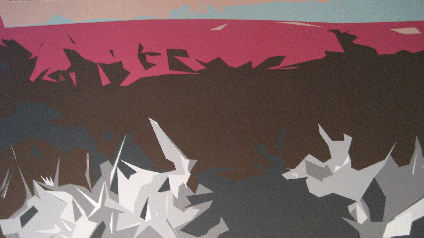
|
Your Messed Up Life Still Thrills Me, 2010, latex on canvas over wood panel, 44 x 77 inches |
|
|
| |
|
|
| |
A native of New Orleans, Guidry received a BA from the University of New Orleans in 1992, and an MFA in painting from the University of Houston in 1996. His work has been included in numerous exhibitions, most recently in a solo exhibition at Wade Wilson Art in Houston; Stealtharts in Birmingham, Alabama; and Suzanne Zinsel Gallery in New Orleans. He was included in the 1997 New American Talent exhibition which traveled to several venues across Texas. The artist currently lives and works in Houston. |
|
| |
|
|
| |
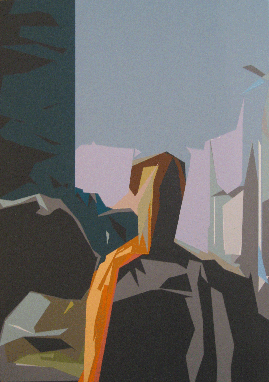 |
Someone Like You, 2010, latex on canvas over wood panel, 54 x 38 inches |
Join us for a gallery talk with artist Michael Guidry and curator Clint Willour during the ArtWalk reception on Saturday,
June 11, at 6:30 pm.
|
|
| |
|
|
| |
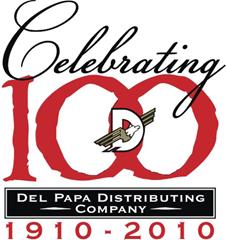 |
|
Galveston Arts Center is proud to partner with Del Papa Distributing. Each ArtWalk, selected locations will offer a sampling of a particular artisanal beer. |
|
| |
| |
 |
| |
Nothing says "summer" like the smell of cut grass, so this month, we're featuring St. Arnold's Fancy Lawnmower Beer, a true German-style Kolsch. This beer is crisp and refreshing, yet has a sweet malty body that is balanced by a complex, citrus hop character. Fancy Lawnmower Beer is a world-class brew yet light enough to be enjoyed by Texans after strenuous activities, like mowing the lawn (or looking at art!) Cheers! |
| |
| |
|
|
| |
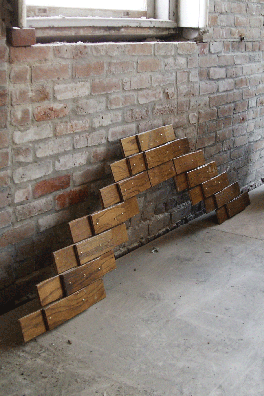
|
Parquet Pediment (horizontal), 2011, parquet wood flooring, yellow zinc-plated screws, and dimensional lumber, 21 x 80 x 3 inches |
|
|
| |
|
|
| |
KAREN BRASIER-YOUNG
Fragment/Ornament
An Architectural Intervention at the 1878 First National Bank Building
One night only, June 11, 2011, 5 to 8 pm
Gallery talk with the artist at 5:30 |
|
| |
|
|
| |
Galveston Arts Center is pleased to present Karen Brasier-Young: Fragment/Ornament, a one-night only event at the 1878 First National Bank Building located at 2127 Strand at 22nd Street. The event will take place from 5 to 8 pm during the June 11th ArtWalk. GAC executive director Alexandra Irvine will lead a gallery talk with the artist at 5:30 pm. The event is free and open to the public.
Combining her interests in architecture and sculpture, Brasier-Young has created a selection of architectural jewelry intended to serve as ornament to decorate the building. These embellishments are, in turn, created from fragments of construction materials, including discarded parquet wood flooring, plastic window blind slats, and lighting fixtures. Her stylistically modern forms, constructed from contemporary materials, are installed in stark contrast to the exposed masonry and structural steel, decorating and calling attention to the beautiful craftsmanship of the historic building. "My training in architecture has interested me in the objects and elements that create space-primarily materials, scale, structure, and surface," writes the artist. "By directly investigating the relationship between art, architecture, and visual representation, I have created interdisciplinary objects that examine the penetration of art into all kinds of thinking, cross-referencing the fields of art and architecture."
Suffering substantial damage caused by Hurricane Ike in 2008, the 1878 First National Bank Building has served as the home of the visual arts in Galveston for over 40 years. In the three years since the storm, the Galveston Arts Center has raised and spent over $2,000,000 addressing structural issues, refurbishing the original cast iron façade, and making improvements that will bring the building into compliance with the Americans with Disabilities Act. Currently, the interior of the first floor has been stripped down to exposed masonry and stud walls and plywood subfloor. An additional $1,000,000 will be needed to complete the renovation of the building and restore it to a functioning non-profit venue for the presentation of contemporary art.
A native of Galveston, Brasier-Young received a BS in 2007, and MA in 2010, in architecture from the University of Cincinnati, Ohio. She is currently completing graduate studies in sculpture at the San Francisco Art Institute. Other architectural interventions of her work have been mounted at the Clifton Cultural Arts Center in Cincinnati, and Diego Rivera Gallery in San Francisco. The artist currently lives and works in Houston.
The artist and staff of the Galveston Arts Center wishes to sincerely thank Gilbert Robinson and Chris Harrison of the Galveston Fire Department for their assistance in making this event possible.
|
|
| |
|
|
| |
Hotel Galvez Celebrates 100 Years! |
|
| |
|
|
| |
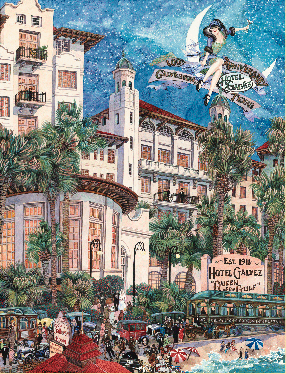 |
Gabrielle McNeese, Starry Skies Over the Gulf, 2011, watercolor on paper, 15 1/2 x 20 1/4 inches |
|
|
|
| |
The Hotel Galvez & Spa will commemorate its 100-year reign as "Queen of the Gulf" with a free community celebration on Saturday, June 11, with family activities and live music during the day and evening fireworks over the Gulf of Mexico. Crosby artist Gabrielle McNeese's watercolor, Starry Skies Over the Gulf, was chosen earlier this year to be reproduced as a commemorative poster for the event. The original work of art, with custom frame created by the artist, will be auctioned to benefit the Galveston Arts Center. The work will be unveiled at the Arts Center during the June 11th ArtWalk and will remain on view through July 22nd. GAC will accept silent bids on the work of art, and the auction will close during the 4th Annual Swashbucklers' Soiree to be held on July 23rd.
If you are interested in placing a bid on this one-of-a-kind tribute to the Hotel Galvez, please contact the Arts Center at 409.763.2403. |
|
| |
|
|
| |
|
|
| |
Looking for Art? |
|
| |
|
|
| |
|
|
| |
|
|
| |
Galveston Arts Center is temporarily located at 2501 Market Street (the corner of Market and 25th Streets in the former Maceo's location), until the damage to our Strand location is repaired. We are open Monday through Saturday from 11 am to 5 pm, and Sunday from noon to 5 pm.
INFORMATION:
409.763.2403
www.contemporaryartgalveston.org |
|
| |
|
|
| |
|
|
| |
|
|
| |
Funding for the Galveston Arts Center is provided by the Houston Endowment, Inc., The Brown Foundation Inc., The City of Galveston Park Board of Trustees through the Hotel Occupancy Tax Fund, The Meyer Levy Charitable Foundation of The Dallas Foundation, Texas Commission on the Arts, Harris and Eliza Kempner Fund, Levin Family Foundation, Jack and Annis Bowen Foundation, Dr. Leon Bromberg Charitable Trust Fund, and the generous support of the community, an active membership and many volunteers. GAC's Art for All Education Program is supported in part by the Alice Taylor Gray Foundation, Harry S. and Isabel C. Cameron Foundation, Galveston Rotary Foundation, Inc., and the Jr. League of Galveston County's Community Assistance Fund. |
|
 |
|
 |
|
| |
| |
|
| |
| |
|
| |
| |
|
| |
| |
| |
| |
|
|
 |
|
 |
|
 |
| |
Exhibitions |
|
| |
|
Jack
Strange
Within Seconds
First Floor Gallery
April 9 –
July 3, 2011 |
|
Javier Téllez
Letter on the Blind,
For the Use of Those Who See
Film and Video Gallery
April 9 – July 31, 2011
|
|
Ely
Kim
Boombox
LIFT Projects
April 6 – August 28, 2011 |
|
| |
|
|
| |
Jack Strange
Within Seconds, First Floor Gallery
April 9, 2011
– July 3, 2011
|
|
| |
|
|
| |
|
|
| |
Austin,
TX (April 1, 2011) – Arthouse at the Jones Center presents
three new exhibitions featuring media works. |
| |
Talking
Art with Jack Strange
Saturday, April
9 // 2pm |
| |
| --Within
Seconds, Strange’s first solo institutional exhibition, features
recent works, some of which are on view for the first time. |
| |
--The
media works in this exhibition are stitched together by futility,
redundancy, and the nagging feeling of being stuck. Presented
on television monitors set on pedestals stationed throughout the
gallery, the three-channel video, Biff, Griff and Mad Dog (2009),
functions as a thread that weaves through the exhibition uniting
its disparate parts. In this work, Strange replicated the visual
and auditory effects of a DVD getting stuck in the player: the
tracks jump, blur, and layer on top of each other, and the soundtrack
skips and repeats. Biff, Griff and Mad Dog appropriates footage
from the --Back
to the Future film trilogy, focusing on one character from each
movie that are all played by the same actor. In his every iteration,
this character is an obstacle to Marty McFly and blocks his way.
--Throughout
the trilogy, Marty is stuck, in both time and place, dealing with
this troublesome character and cannot escape him. Strange’s
manipulation of Hollywood films is furthered in Tom (2007), a
single-channel video that hilariously follows Tom Cruise through
a never-ending series of action shots in which Cruise, ever the
hero, is running. Cruise runs and runs but never gets to where
he is going. This video, which references YouTube mash-ups and
action film montages, keeps Tom Cruise stuck in its grip, on an
endless treadmill to nowhere. In both Tom and Biff, Griff and
Mad Dog, Strange submits his subjects to an inescapable, tortuous,
cycle. |
| |
--Hollywood
is not the only subject susceptible to Strange’s structure
of futility. In his work Fat Laptop (2009), Strange renders a
laptop incapable of performing its typical duties. Fat Laptop
references Joseph Beuys’ fat sculptures, Janine Antoni’s
corporeal performances, and Matthew Barney’s gratuitous
use of materials that recall the human body. A wedge of fat immobilizes
the computer, filling the 90 degree angle made when the laptop
is open. The sculptured fat is presented atop a pedestal, as if
a marble sculpture. The fat’s unfinished edges have an unsettling
tactility and the memory of the artist’s hand is still visible
where he sculpted the shape. This fat wedge could be the next
generation couch potato, a minimalist reference to a computer
user who simply sits behind the screen all day, looking at the
world rather than participating in it. |
| |
| ABOUT
THE ARTIST |
--British
artist Jack Strange makes conceptual works in a wide variety of
media including sculpture, photography, video, works on paper,
and performance. Characterized by a cheeky wit, his work is visually
engaging and frequently causes the viewer to do a double take.
Strange finds beauty in the mundane and humorously celebrates
the banal through appropriated everyday items that are displayed
alongside manipulated or handmade objects. Embracing typically
overlooked objects or undervalued materials, Strange uses the
simplest of means to draw attention to the less obvious facets
of the things that make up our everyday lives. He frequently plays
with scale and perception for visual and conceptual effect. |
| |
--Born
in 1984 in Brighton, UK, Strange received his BFA from London’s
Slade School of Fine Art and has shown his work extensively in
Europe. This is his first institutional exhibition and the first
US presentation of his work outside of New York. |
| |
|
| |
Javier Téllez
Letter on the
Blind, For the Use of Those Who See,
Film and
Video Gallery
|
| April
9, 2011 – July 31, 2011 |
| |
|
| |
Javier
Téllez, Letter
on the Blind, For the Use of Those Who See, 2008 still |
| |
--Venezuelan-born,
New York-based Javier Téllez is a video, film, and installation
artist whose work weaves fiction and documentary in an elegant
investigation of what it means to be normal. In the tradition
of artist-activists, Téllez maneuvers around socio-cultural
barriers by employing his work as a voice for marginalized populations.
Concerned with criticisms of contemporary society, institutional
power, and the art market and politics, Téllez’s
investigations make visible traditionally marginalized populations
(such as the disabled and mentally ill) and structures of control.
|
| |
--Téllez’s
film, Letter on the Blind, For the Use of Those Who See, which
premiered at the 2008 Whitney Biennial, is based on the ancient
Indian parable, “The Blind Men and the Elephant.”
The original tale encourages finding harmony with those who have
different beliefs. Téllez’s version features six
blind New Yorkers in an exploration of visibility and the perception
of reality. The black and white film recalls documentary filmmaking
which lends an air of authenticity to the work. --However,
it also robs the viewer of an inextricable part of seeing: color.
This is a formal reminder of the participants’ lack of sight
and focuses attention on the narration. Shot inside the empty
community pool in McCarren Park, Brooklyn, the six participants
encounter the elephant one by one and describe the experience
of touching, hearing, and smelling it. Their descriptions are
echoed by an off-screen monologue recounting their interactions
with the elephant in the past tense. A third level of narration
provides intimate revelations into to the participants’
own blindness, proving that not only does each participant experience
the elephant differently, but also blindness itself. During the
discussions of blindness, the camera focuses not on the person
speaking but on a close-up image of the elephant’s hide,
cropped so tightly that it looks like an abstract image. Thus,
Téllez employs formal filmmaking structures to explore
the complexity and contradiction involved in portraying non-visual
perception though the distinctly visual medium of film. |
| |
--Sound
plays a critical role in Letter on the Blind; a minimalist soundtrack
subtly directs the action on screen and voice takes on a concrete
role as the material of collaboration amongst the blind participants.
This is particularly evident in the final credits when each participant
states their name when it appears on screen. This subtle gesture
is a poignant conclusion to the film, reminding the viewer that
although the participants may not get to see their name in lights,
they will get to hear them. |
| |
| ABOUT THE ARTIST |
| |
--Téllez
has exhibited extensively in the U.S. and internationally. He
has had solo exhibitions at the Museum of Contemporary Art, Cleveland,
2011; SITE Santa Fe, 2009; Aspen Art Museum, 2006; The Power Plant,
Toronto, 2005; and Bronx Museum of the Arts, New York, 2005. Notable
group exhibitions include: 16th Biennale of Sydney, 2008; Whitney
Biennial, New York, 2008; Performa 07, New York; The Queens International,
Queens Museum of Art, 2002; The 49th Venice Biennale, 2001; and
Greater New York, PS.1, New York, 2000. |
| |
|
| |
Ely Kim: Boombox,
LIFT Projects
|
| April
6, 2011 – August 28, 2011 |
| |
|
| |
Ely Kim: Boombox,
2009 still |
| |
--Ely
Kim likes to dance. In Boombox, Kim dances in hallways, bathrooms,
artist studios, living rooms, classrooms, and garages among many
other locations. His interest in sending out positive vibes daily
hit the Internet in the winter of 2009, and quickly warmed the
hearts of many of his viewers. With musical selections including
ABBA, The Smiths, Status Quo, Le Tigre, and Busta Rhymes, Kim
dances his way through 100 familiar pop songs, in 100 locations,
shot in 100 days, and edited to under 10 minutes. |
| |
| ABOUT THE ARTIST |
| |
| --Ely
Kim received his MFA in graphic design from Yale University in New
Haven, CT (2010) and his BFA from Art Center College of Design in
Pasadena, CA (2004). Recent exhibitions include The Art of Pop Video
in Cologne, Germany and QNTV at Queen’s Nails Projects in
San Francisco. |
| |
| |
|
| |
| SUPPORT |
| |
--Arthouse
Season Sponsors: Austin Ventures, Big Red Sun, Four Hands Home,
Guerilla Suit, Intercontinental Hotel – Stephen F. Austin,
and Jones Villalta Asset Management |
| |
--Arthouse
at the Jones Center is supported in part by the City of Austin
through the Cultural Arts Division and by a grant from the Texas
Commission on the Arts and an award from the National Endowment
for the Arts, which believes a great nation deserves great art.
Additional support provided by individuals, corporations, foundations
and Arthouse members. |
| |
   |
| |
| |
| ABOUT ARTHOUSE |
| |
--Arthouse
creates meaningful opportunities to investigate and experience
the art of our time through exhibitions, programs and commissions
of new work. Admission to Arthouse is free and open to the public. |
| |
|
|
|
|
|
|
| |
| |
|
|
 |
|
| |
| |
|
|
|
| und
einem Film von Jan Eilhardt: 'Die letzte Nacht der Baby Gun' |
| |
|
| |
.gif) |
| |
Neue
Mainzer Straße 17
60311 Frankfurt am Main |
| |
| in der Panorama
Bar im Schauspielhaus |
| |
06.04.2011
um 21:30 Uhr
07.04.2011 um 22:30 Uhr |
| |
|
| |
 |
Galerie
M + R Fricke
Invalidenstr. 114 D 10115 Berlin
www.galeriefricke.de |
| |
|
|
|
|
| |
| |
|
|
|
| |
|
 |
Galerie
Bugdahn und Kaimer
|
| http://www.bugdahnundkaimer.com |
Heinrich-Heine-Allee
19 + Neustraße 12 . 40213 Düsseldorf
Fon +49-211-32 91 40 . Fax +49-211-32 91 47 . Mobil +49-171-9 59 90 12
email: bugdahn.kaimer@t-online.de oder: info@bugdahnundkaimer.com |
| |
|
| |
| |
| |
|
|
ARTCITY21 |
| |
|
ARTCITY21.COM
©
ARTCITY21.COM
- All
Rights Reserved
|
|
|

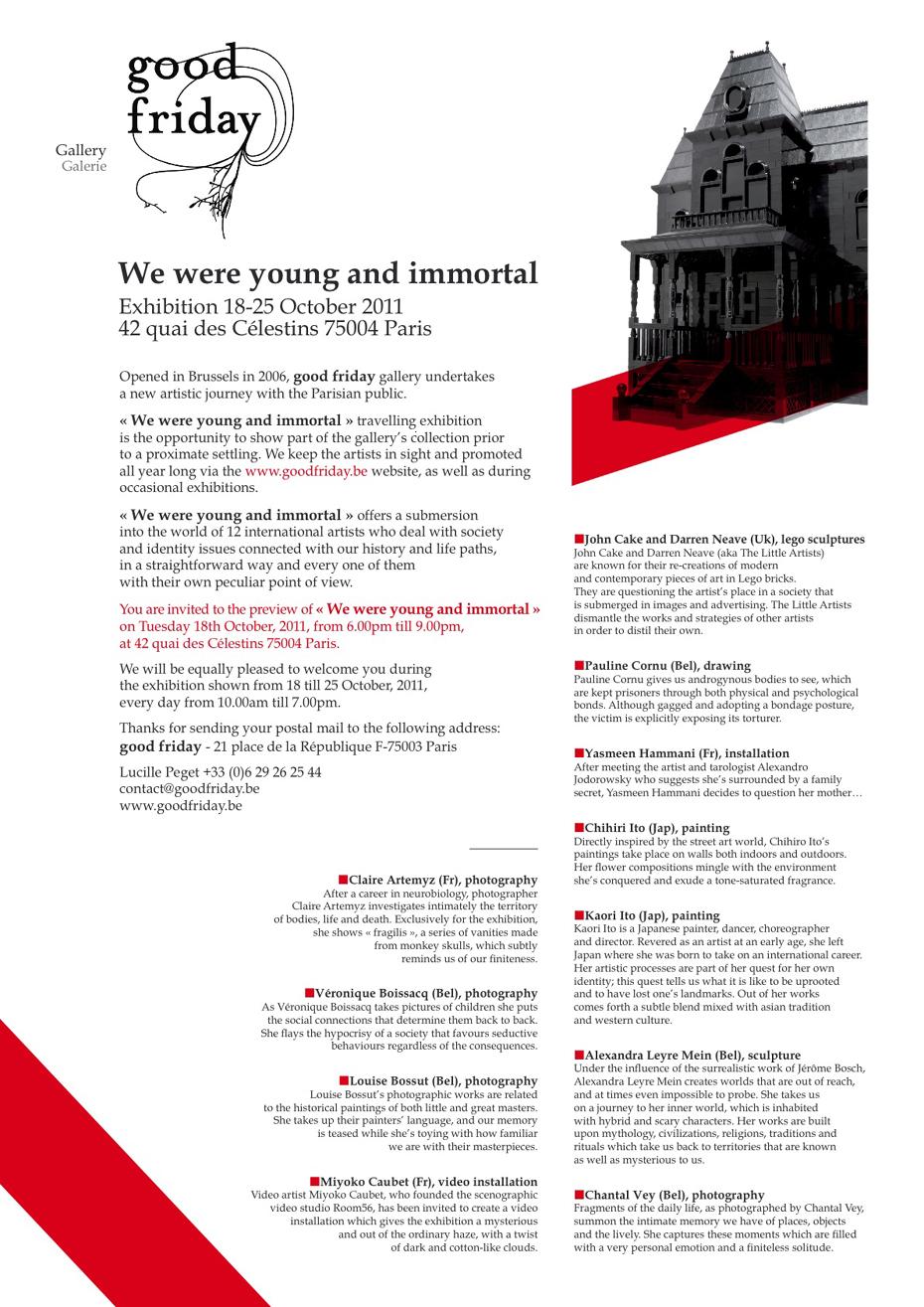
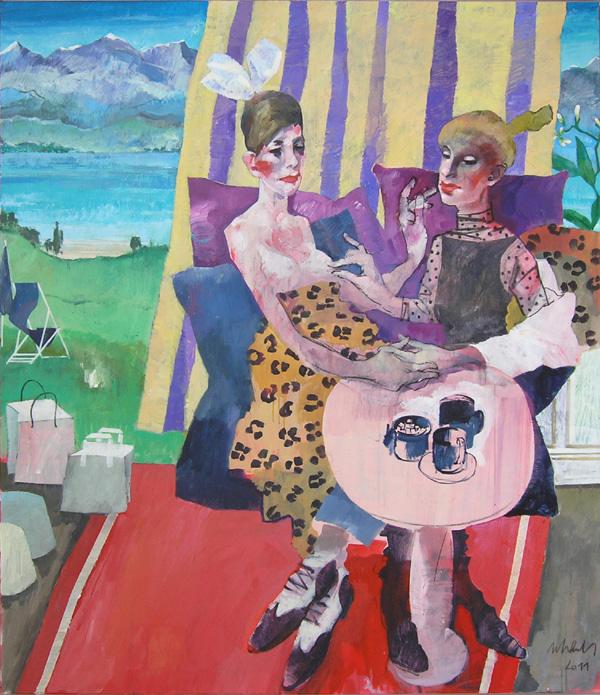
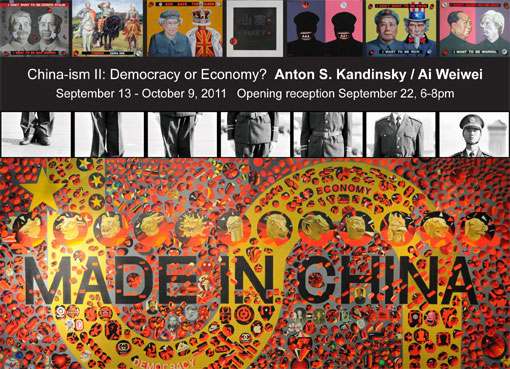
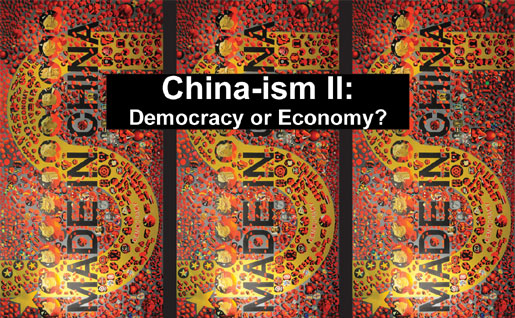

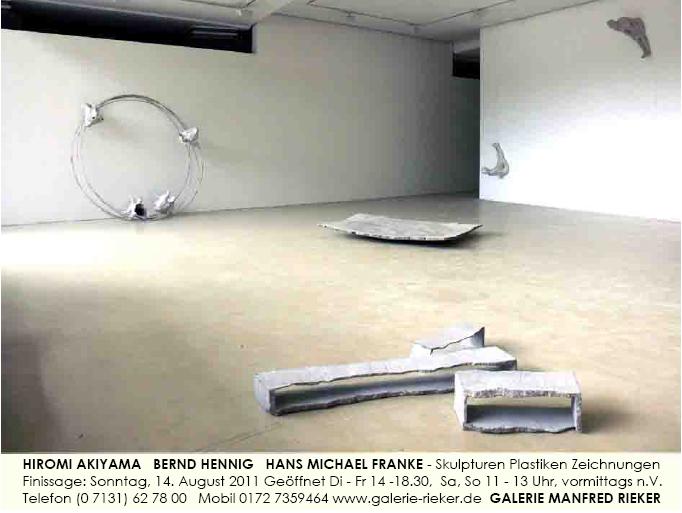
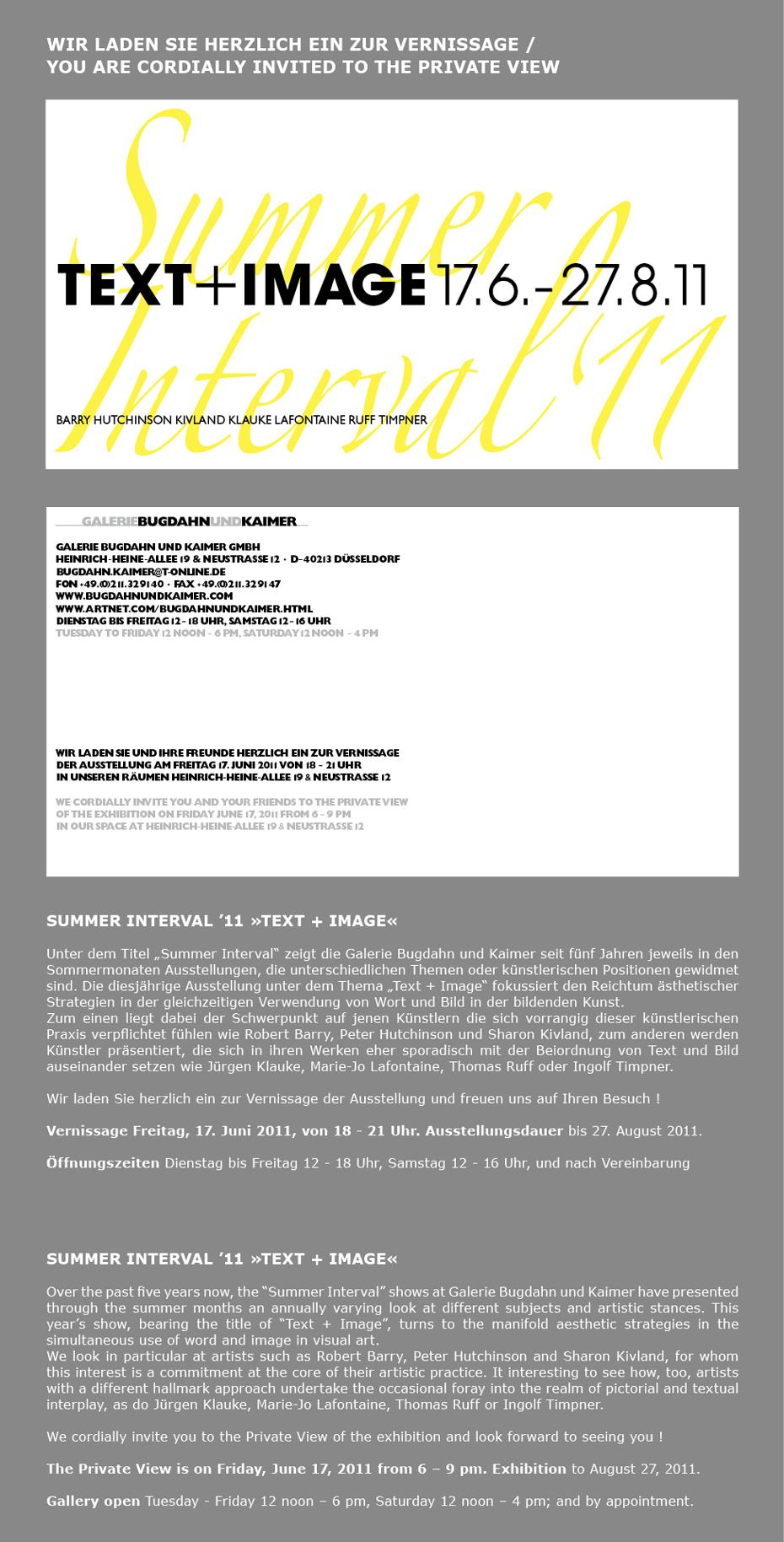
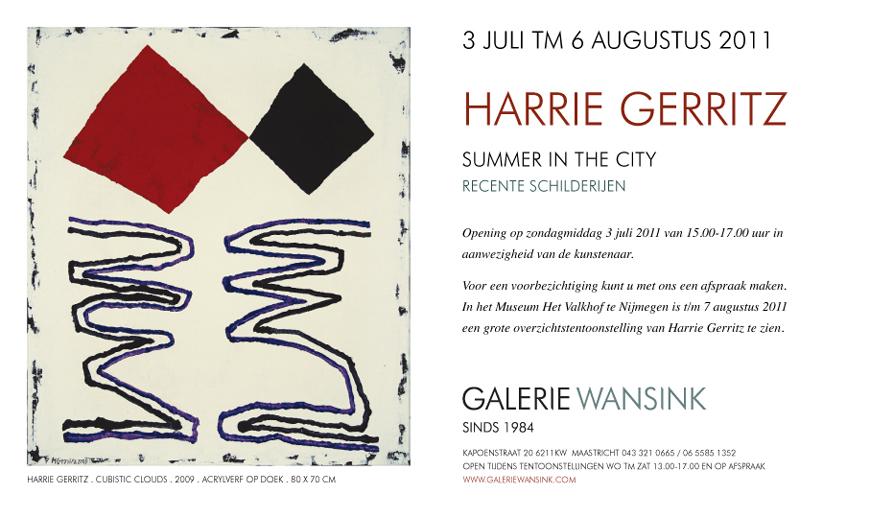
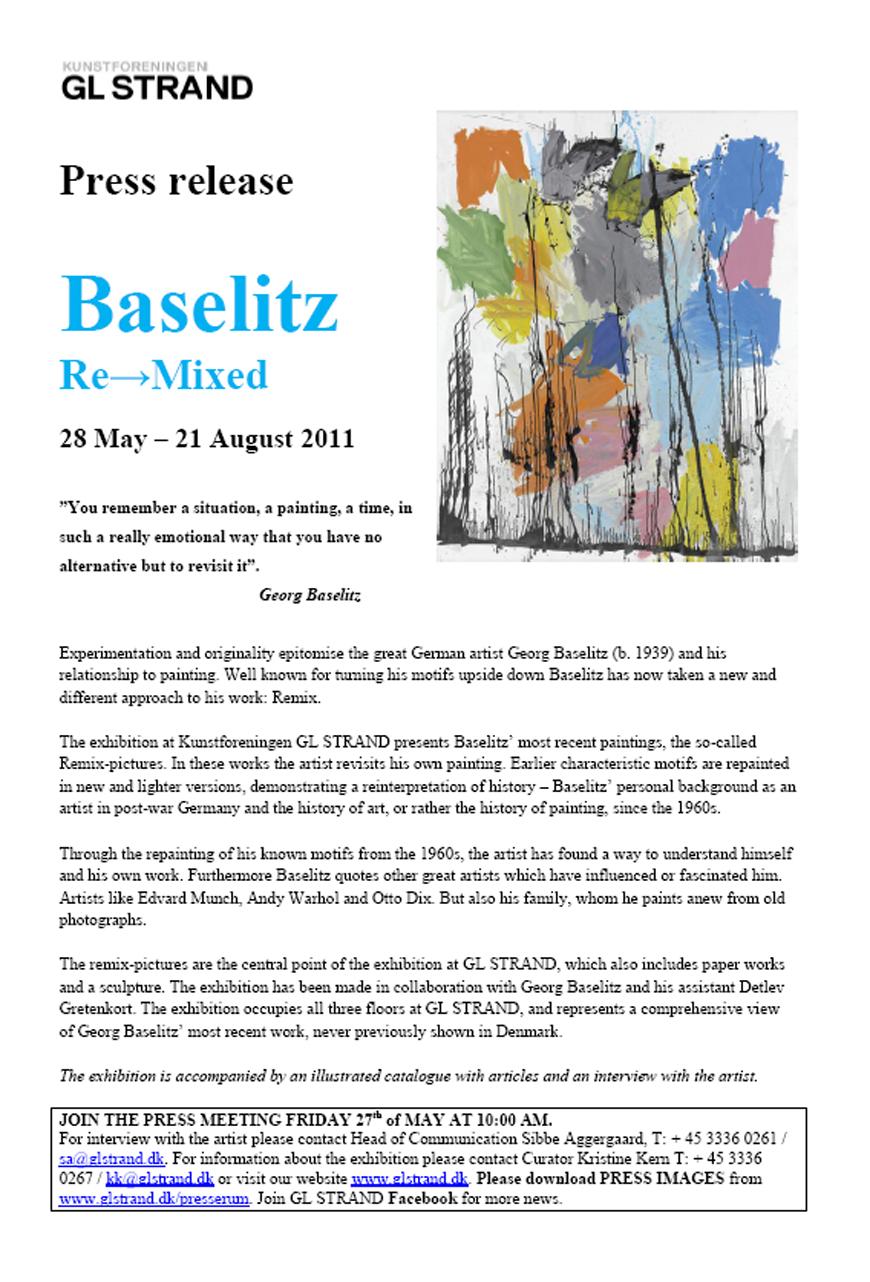
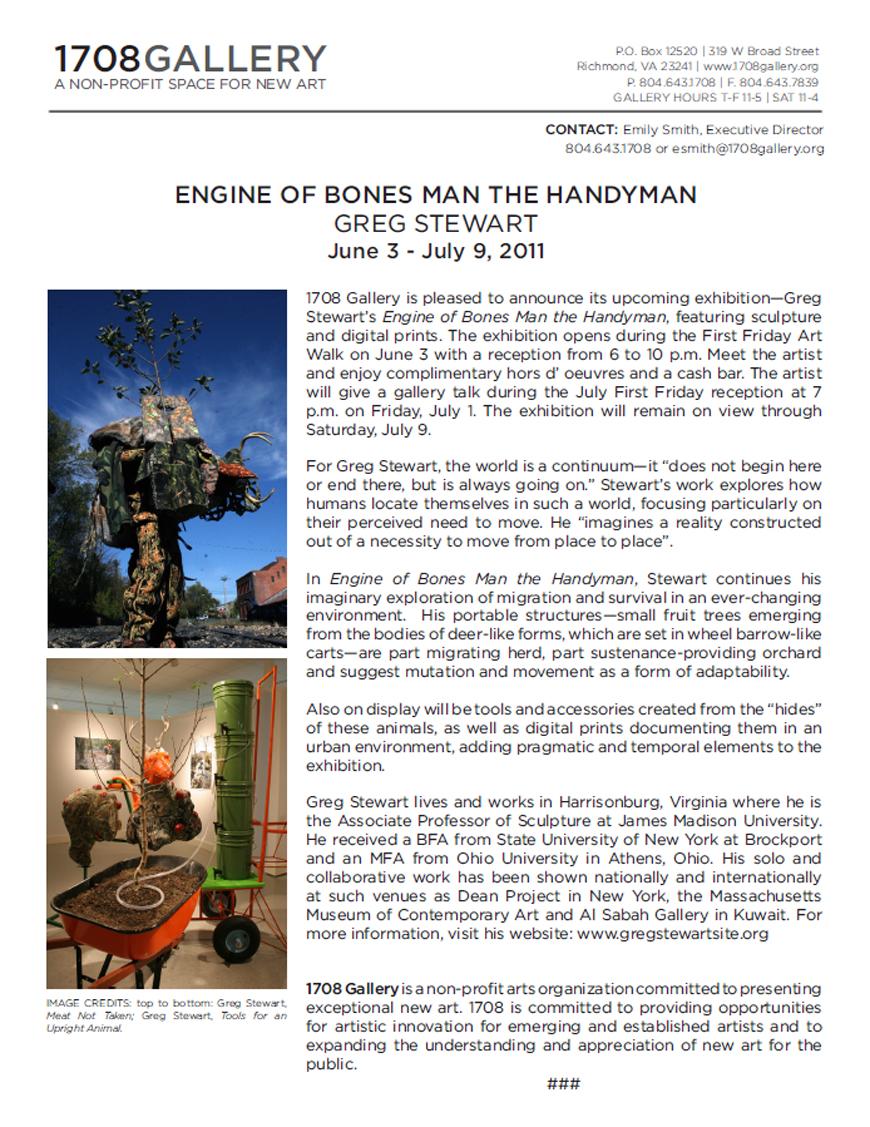
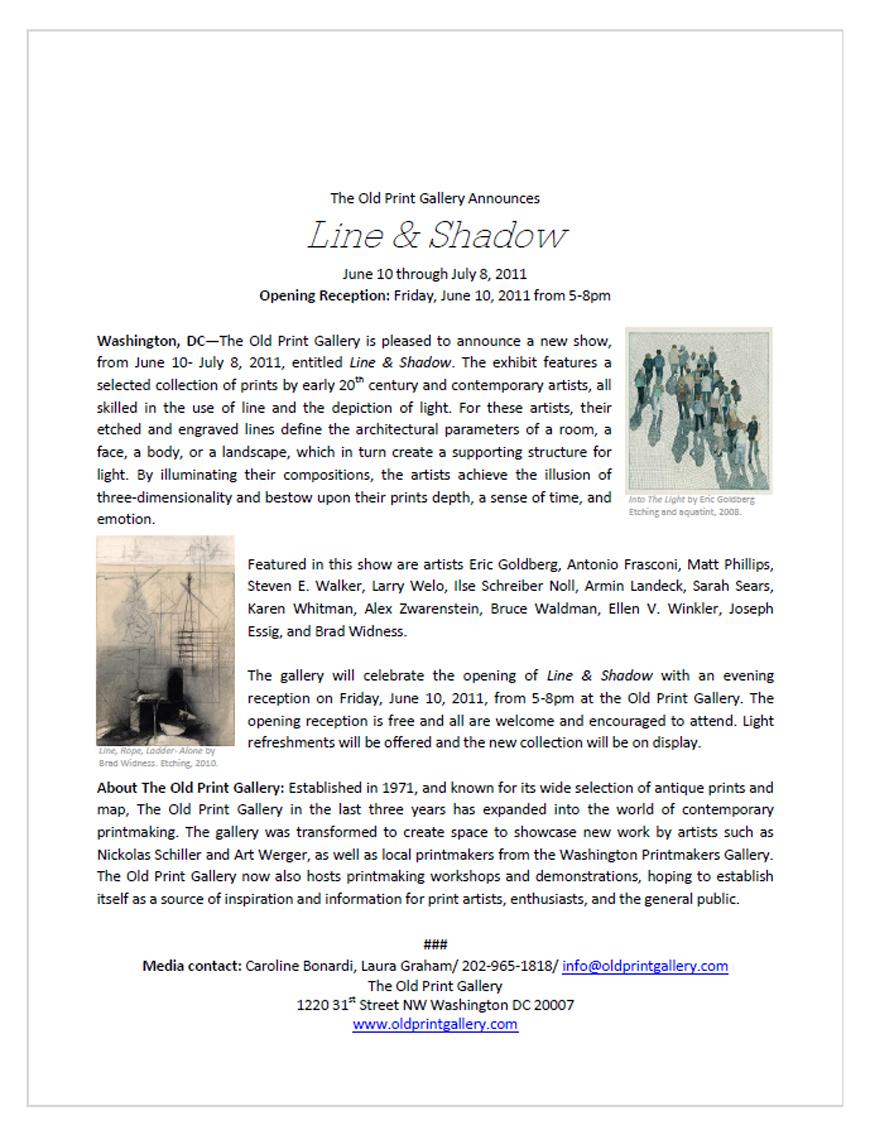
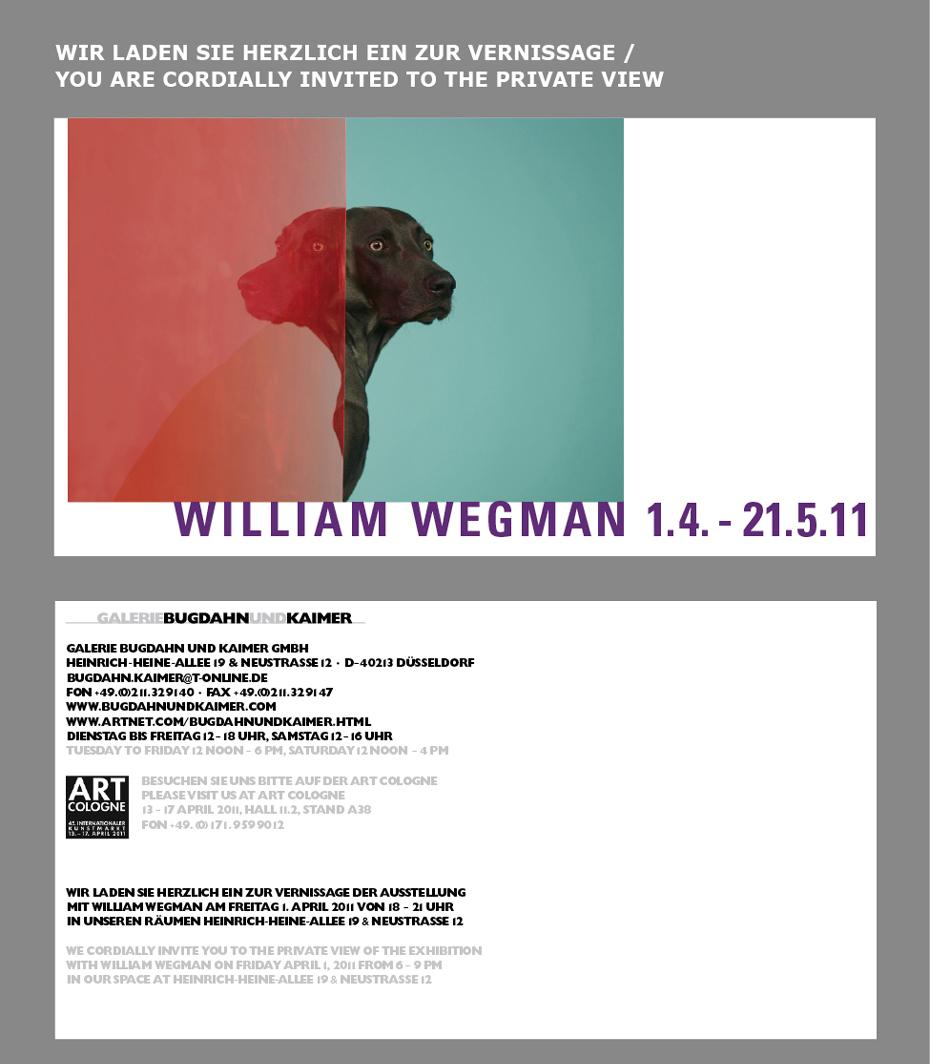
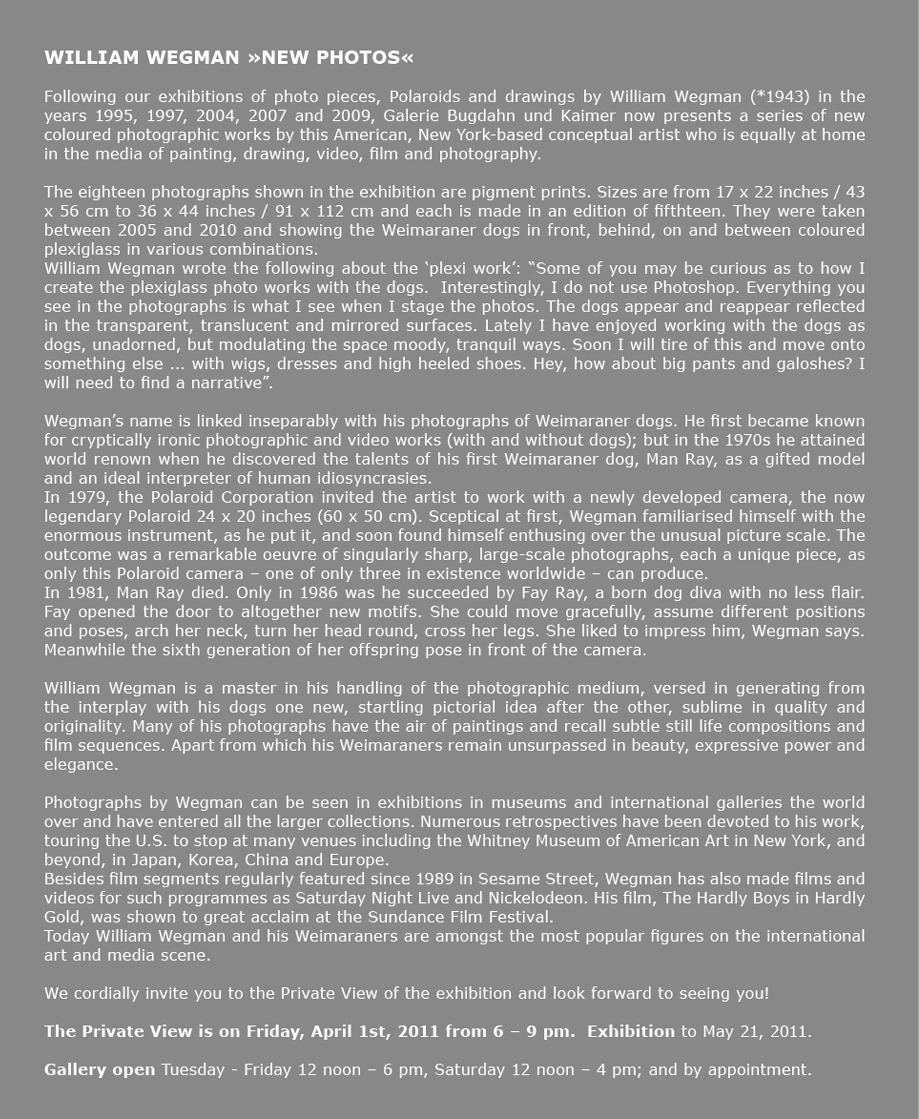


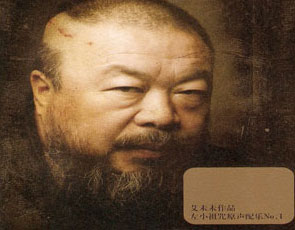
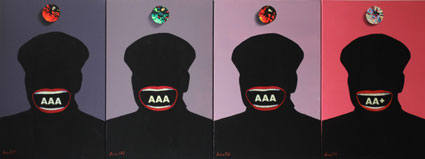
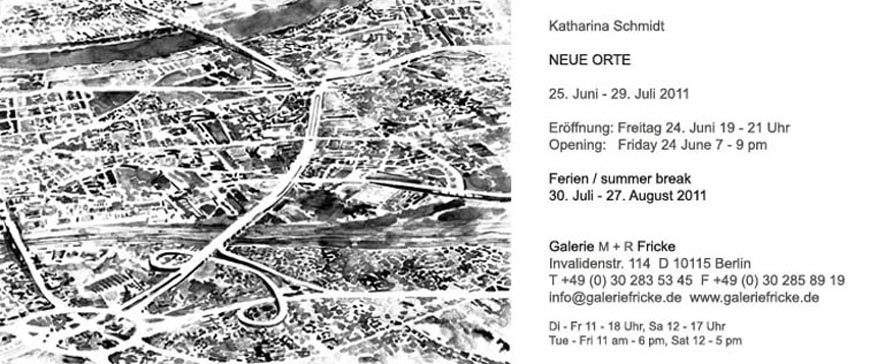








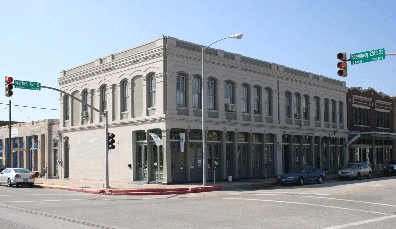
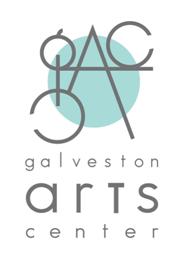
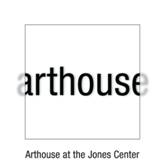
.jpg)





